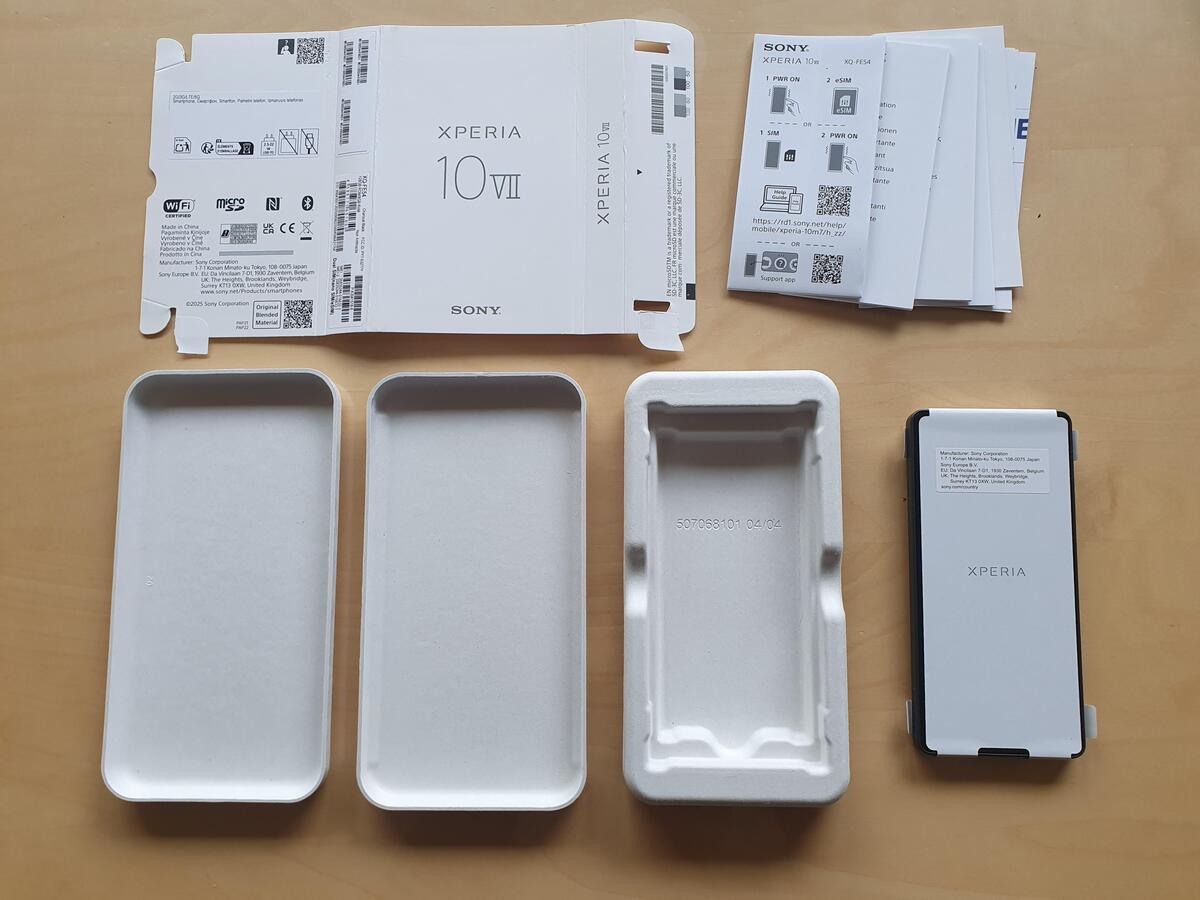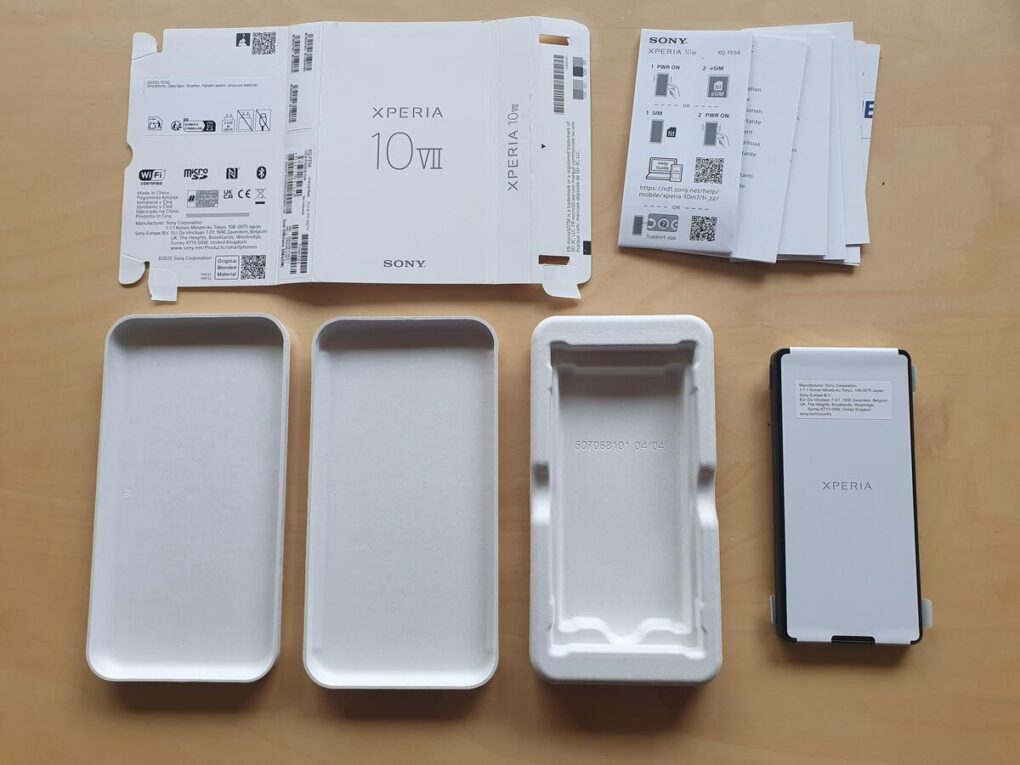Smartphone boxes are getting leaner, and after years of conditioning consumers to buy their own wall chargers, manufacturers are now eyeing the next component for removal: the USB cable. What started with Apple eliminating charging bricks is now extending to the cable itself, marking another step toward dramatically stripped-down packaging.
While not a global standard yet, the movement is gaining momentum. A post on Reddit recently highlighted that the new Sony Xperia 10 VII shipped without either a charger or a cable. Sony may not be the largest player, but the industry tends to follow trends set by even smaller players if the logic—and the margins—align. This move is already happening with other products, as Apple has also ditched bundled cables for its latest AirPods.
Sony Xperia 10 VII paves the way for USB cable removal from smartphone boxes
Manufacturers offer two main reasons for this shift, one related to sustainability and one related to profit.
The environmental argument is straightforward. Most consumers now own multiple USB-C cables, so skipping the cable saves resources and reduces e-waste, even if cables are a smaller piece of the e-waste puzzle than chargers. Smaller boxes also mean higher density per shipping pallet, saving on transport emissions.
However, the primary driver is economics. While a single USB-C cable is cheap, subtracting it from millions of units worldwide saves manufacturers tens of millions of dollars at scale. Additionally, removing the bundled cable creates a new revenue stream. The move could encourage customers to purchase high-margin, first-party, or certified aftermarket cables separately.
Buyer beware: Not all cables are equal
This potential shift transfers an important responsibility to the consumer: ensuring cable quality. Not all USB-C cables are built to the same standard. Low-quality, uncertified cables risk poor performance, slow data transfer, or—in extreme cases—even damaging devices. The latter can happen if the cables are out of specification for proper power delivery.
The risk is especially tangible with fast charging. Some Android devices only achieve peak charging speeds with the manufacturer’s proprietary cable and charger combination. When buying replacements, shoppers must look for USB-IF certification and verify the wattage rating (e.g., 60W or 100W) to ensure safe, full-speed charging.
The consensus is clear: the cable will eventually disappear, just as the charger did. While this is a small change for most people who already own a drawer full of leads, it represents a significant act for manufacturers. They must walk the line between environmental messaging, logistics efficiency, and accessory revenue. Buyers should prepare by auditing their current cables and prioritizing certified, reputable brands when purchasing new ones.
The post Phone Brands Now Aim to Remove the USB Cable from the Box appeared first on Android Headlines.

Source: ndroidheadlines.com
